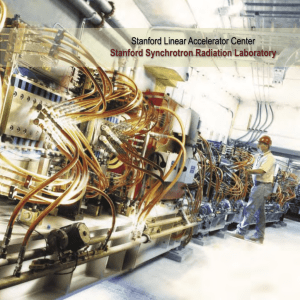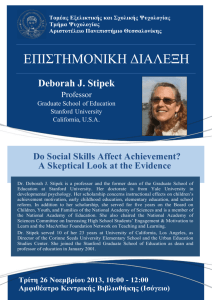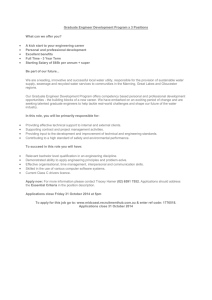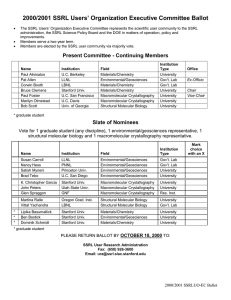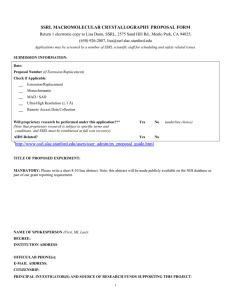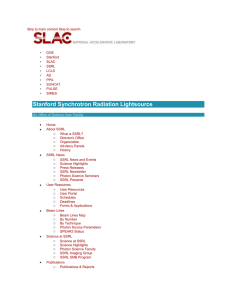1 Rede Temática em Engenharia de Materiais UFOP
advertisement
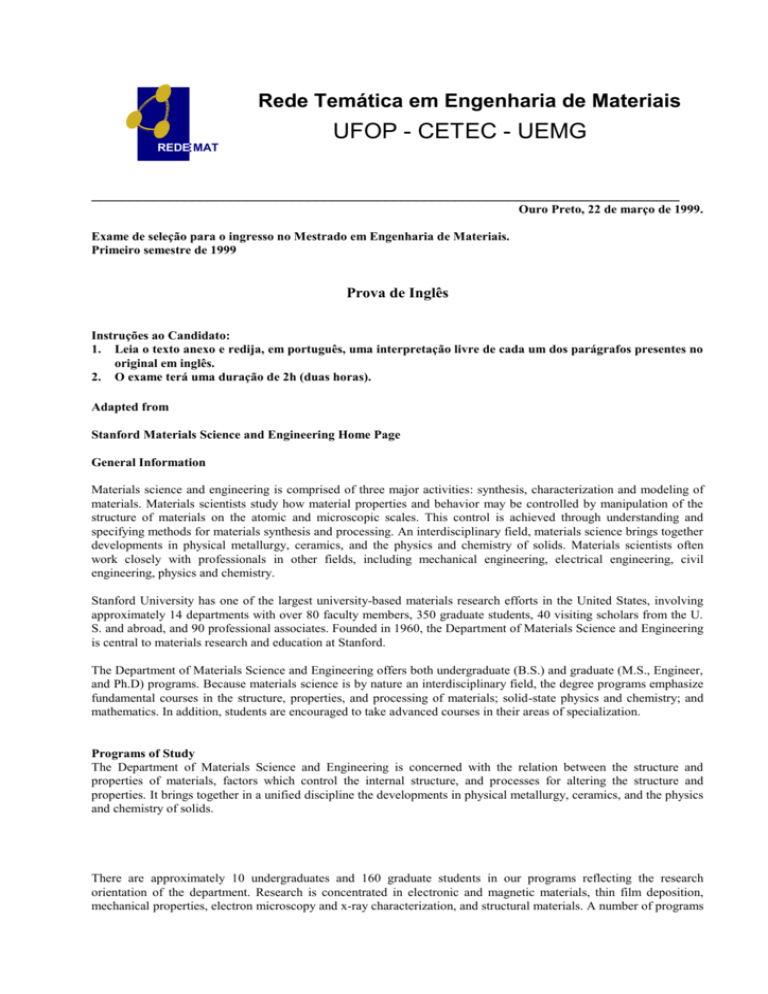
Rede Temática em Engenharia de Materiais UFOP - CETEC - UEMG REDE MAT ____________________________________________________________________________ Ouro Preto, 22 de março de 1999. Exame de seleção para o ingresso no Mestrado em Engenharia de Materiais. Primeiro semestre de 1999 Prova de Inglês Instruções ao Candidato: 1. Leia o texto anexo e redija, em português, uma interpretação livre de cada um dos parágrafos presentes no original em inglês. 2. O exame terá uma duração de 2h (duas horas). Adapted from Stanford Materials Science and Engineering Home Page General Information Materials science and engineering is comprised of three major activities: synthesis, characterization and modeling of materials. Materials scientists study how material properties and behavior may be controlled by manipulation of the structure of materials on the atomic and microscopic scales. This control is achieved through understanding and specifying methods for materials synthesis and processing. An interdisciplinary field, materials science brings together developments in physical metallurgy, ceramics, and the physics and chemistry of solids. Materials scientists often work closely with professionals in other fields, including mechanical engineering, electrical engineering, civil engineering, physics and chemistry. Stanford University has one of the largest university-based materials research efforts in the United States, involving approximately 14 departments with over 80 faculty members, 350 graduate students, 40 visiting scholars from the U. S. and abroad, and 90 professional associates. Founded in 1960, the Department of Materials Science and Engineering is central to materials research and education at Stanford. The Department of Materials Science and Engineering offers both undergraduate (B.S.) and graduate (M.S., Engineer, and Ph.D) programs. Because materials science is by nature an interdisciplinary field, the degree programs emphasize fundamental courses in the structure, properties, and processing of materials; solid-state physics and chemistry; and mathematics. In addition, students are encouraged to take advanced courses in their areas of specialization. Programs of Study The Department of Materials Science and Engineering is concerned with the relation between the structure and properties of materials, factors which control the internal structure, and processes for altering the structure and properties. It brings together in a unified discipline the developments in physical metallurgy, ceramics, and the physics and chemistry of solids. There are approximately 10 undergraduates and 160 graduate students in our programs reflecting the research orientation of the department. Research is concentrated in electronic and magnetic materials, thin film deposition, mechanical properties, electron microscopy and x-ray characterization, and structural materials. A number of programs 2 are conducted collaboratively with other departments, students with advanced degrees, including the Ph.D., may serve under faculty advisors outside Materials Science and Engineering. In addition to the Bachelor of Science degree, there is a coterminal B.S./M.S. for students who have the potential for strong academic performance at the graduate level. Graduate programs offered include studies for degrees of Master of Science, Engineer, and Doctor of Philosophy. Research Facilities The department is based in the Thomas F. Peterson Engineering Laboratory (Building 550). Offices for the chair and most of the faculty, for the administrative and technical staff, and for most graduate students are located there, as are a number of lecture and seminar rooms. Facilities for teaching and research are also availabe within the Peterson Lab, including equipment for electrical measurements; mechanical testing of bulk and thin film materials; fracture and fatigue of advanced materials; metallography; optical, scanning, and transmission electron microscopy; UHV sputter deposition; vacuum annealing treatments; wet chemistry; and x-ray diffraction. The Peterson Lab is also the home of the Center for Research on Information Storage Materials (CRISM) with corresponding facilities for magnetic measurements. The Rapid Prototyping Laboratory (RPL), housing material deposition and removal stations, is a joint facility with Mechanical Engineering and is housed next to the Peterson Labs in Building 540. The department also maintains two computer clusters for its students, one with a number of Macintosh computers, and the other with a variety of Unix workstations. Depending on the needs of their program, students and faculty also conduct research in a number of other departments and independent laboratories. Chief among these are the Center for Integrated Systems (CIS), the Center for Materials Research (CMR), and the Stanford Synchrotron Radiation Laboratory (SSRL). The Center for Integrated Systems (CIS) is a laboratory joining government and industrially funded research on microelectronic materials, devices, and systems. It houses a 10.000 square foot class 100 clean room for Si and GaAs integrated circuit fabrication; a large number of electronic test, materials analysis, and computer facilities; and office space for faculty, staff, and students. In addition, CIS provides start-up research funds and maintains a “FellowMentor” program with industry. The Center for Materials Research (CMR), located in the McCulloug Building, is one of mine university labs in the Unites States supported by the Division of Materials Research of the National Science Foundation under its Materials Research Science and Engineering Center (MRSEC) program. CRM operates extensive facilities in advanced materials synthesis and characterization, and sponsors many programs such as summer research for undergraduates; research programs for women and minorities; seed programs; and five multi investigator interdisciplinary research groups. CMR’s professional staff also conduct research in materials synthesis and characterization. The Stanford Synchrotron Radiation Laboratory (SSRL) is a national research facility supported by the U.S. Department of Energy for the utilization of synchrotron radiation for research in science, medicine, and engineering. Students from several departments, including Materials Science and Engineering, use the SSRL facilities extensively. A variety of materials-related research, making use of the high flux, brightness, and variable energy of the synchrotron beam, is carried out at SSRL.
